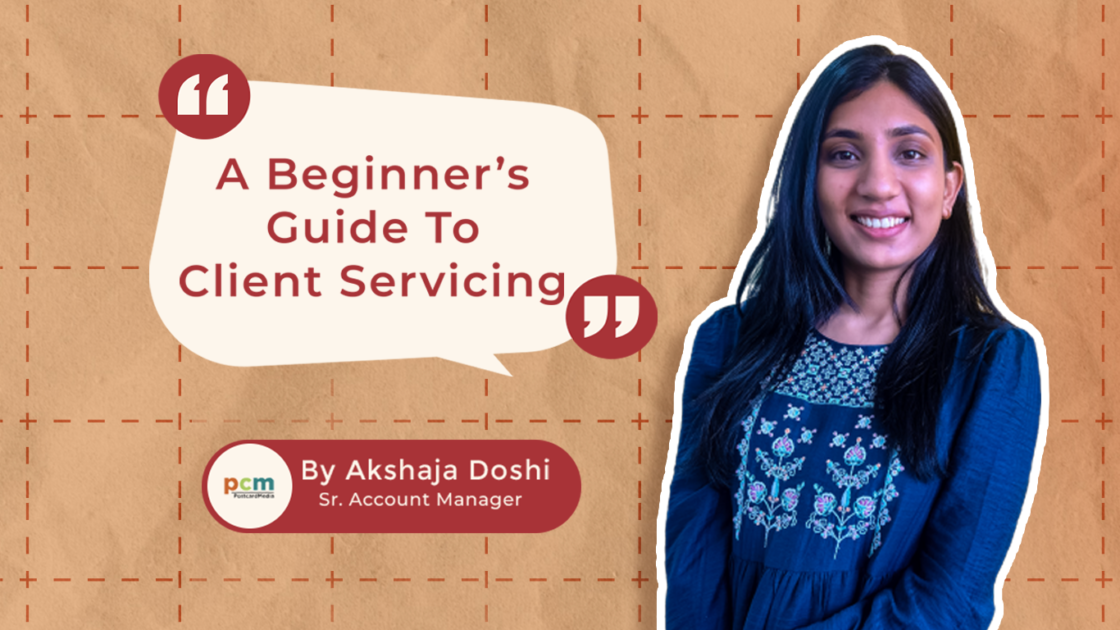In today’s highly competitive digital world, having a strong online presence is key to attracting local customers. Local SEO (Search Engine Optimization) helps ensure your business shows up at the top of search results when local customers are searching for your products or services. Below, we explore some effective local SEO strategies to improve your rankings and grow your customer base.
What is Local SEO?
Local SEO focuses on optimizing your online presence to attract business from nearby customers searching on Google, Bing, and other search engines. For example, a search for the “best pizza in Manchester” will prioritize local Manchester businesses in the results.
Unlike traditional SEO, local SEO tailors search results based on the searcher’s location. Businesses must optimize their website, content, and online profiles to stay relevant in these local searches.
Key Local SEO Tactics
Optimize Your Google My Business (GMB) Profile
Local SEO relies heavily on Google My Business (GMB), a free tool that allows you to manage how your business appears on Google Maps and Search. By optimizing your GMB profile, your business becomes more visible to potential customers searching for relevant terms, increasing your chances of being discovered.
Your GMB profile is essential for local visibility. Ensure you:
- Claim and verify your business
- Add accurate details (business name, address, phone number, and website)
- Select the right category for your business
- Upload high-quality photos
- Encourage and respond to customer reviews promptly
An optimized GMB profile increases your chances of appearing in Google’s Local Pack—the section that highlights relevant local businesses in search results.
On-Page SEO for Local Search
On-page SEO involves optimizing individual web pages to rank higher and attract more relevant traffic from search engines. For local SEO, this means ensuring your website is mobile-friendly, incorporating location-specific keywords, and creating content tailored to your local audience.
Enhance your website with local search in mind:
- Use Local Keywords: Integrate location-based terms (e.g., “Leeds plumber”) across your content.
- Create Location-Specific Pages: If you serve multiple locations, create a dedicated page for each with tailored content.
- Optimize Meta Tags: Include local keywords in title tags, headers, and meta descriptions to improve geographic relevance.
Build Local Citations
Local citations refer to mentions of your business’s name, address, and phone number (NAP) on external websites, such as local directories, social media platforms, and business listings. Accurate and consistent citations help search engines confirm your business’s location and legitimacy, which can improve your local search rankings. To enhance local SEO:
- List in Directories: Add your business to sites like Yelp, TripAdvisor, and Yellow Pages, ensuring all details are consistent.
- Industry-Specific Listings: Use directories relevant to your industry to build credibility.
Leverage Customer Reviews
Customer feedback plays a crucial role in local SEO. Positive reviews not only enhance your business’s reputation but also boost your ranking in local search results. Businesses with higher ratings and more favorable reviews are more likely to appear in Google’s Local Pack, as reviews are a key ranking factor used by Google.
- Ask for Reviews: Encourage happy customers to leave reviews on Google or other relevant platforms.
- Respond to Reviews: Show appreciation for positive reviews and address negative feedback professionally.
- Showcase Reviews: Display testimonials on your website to build trust with potential customers.
5. Build Local Backlinks
Link building is a vital part of SEO—local SEO is no different. You can significantly boost your local search visibility by earning backlinks from local blogs, websites, and news outlets. Google views these backlinks as votes of confidence, and having links from reputable, relevant sources can improve your rankings and strengthen your business’s online authority.
Backlinks from local websites help boost your local search rankings.
- Partner with Local Businesses: Exchange links with complementary local businesses.
- Sponsor Events: Support community events for potential backlinks from event websites.
- Press Releases: Share news with local media outlets for valuable backlinks.
Tracking Your Local SEO Performance
Using the right tools is essential for effectively monitoring and evaluating the success of your local SEO efforts. Here are some valuable resources to consider:
- Google Analytics: Track local traffic and identify which pages are performing well.
- Google Search Console: Analyze which local keywords are driving traffic.
- Google My Business Insights: View search impressions, customer actions, and popular keywords.
Regularly check your GMB insights for actions like website visits, calls, and directions requested from your listing.
Monitor and Optimize Your Google My Business (GMB) Analytics
Google My Business offers valuable insights into how customers interact with your business listing. By regularly monitoring these analytics, you can assess the effectiveness of your local SEO efforts and make data-driven improvements.
- Track Customer Actions: GMB insights show how many users called your business, requested directions, or visited your website through your listing.
- Analyze Search Terms: Discover which keywords customers use to find your business. Use this data to refine your local keyword strategy.
- Review Performance: Monitor your total rating and the number of reviews. This helps evaluate your online reputation and identify areas for improvement.
Regularly Update and Improve Your Local SEO Strategy
Local SEO is an ongoing effort that requires regular optimization to remain competitive. Here’s how to stay on top:
- Keep Business Info Up-to-Date: Ensure your Name, Address, and Phone Number (NAP) data is accurate and consistent across all platforms.
- Manage Local Citations: Regularly verify and update your business listings in directories to maintain consistency.
- Encourage New Reviews: Continuously ask customers for feedback to build a strong, positive online reputation.
- Monitor Competitors: Observe the local SEO strategies of your competitors to gain insights and ideas for your own approach.
By keeping your strategy updated and leveraging GMB insights, you can maintain strong local search rankings and attract more local customers.
Conclusion
Local SEO can transform your business by increasing visibility and drawing more local customers. By optimizing your GMB profile, using local keywords, managing citations, and leveraging customer reviews, you can improve your search rankings and become a trusted local business.
Consistency and effort are key to long-term success, so stay committed to your local SEO efforts and watch your business grow!




